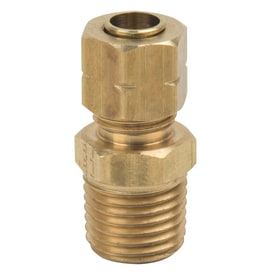OK,
Sorry if this is a little harsh but I finally had tine to read your entire post and I can see problems with it.
First of all are you building a video housing or a carry- all? Drop the Bonus section completely, it adds a layer of complexity you don't need. If you need that stuff on an hour dive, that's why BC's have pockets.
Second, I don't believe that you have a good idea of the crushing pressures the housing will endure at 100+ fsw. You are thinking like this is to protect the
at the surface from a little splashing.
You need to beef up your overall strategy. Buy thicker sheets of acrylic for everything. Do not use any silicone sealer anywhere to keep water out. No commercial housing manufacturer does - because it will fail.
When building acrylic housings there is a special glue you use that melts the edges together and fuses them to make a seal that may be stronger than the glas itself.
What the above poster said is true, cutting the corner off an integrally sound housing is a bad idea, it won't work, it will leak as it deforms under pressure and wil "depress the button" at depth.
One thing you might try is gut an old Ikelite housing (cheap on eBay for one of the control glands, usually a knob that swivels inside a sealed gland. Position it right and you can spin it to turn the monitor on/off. Ikelite does not sell their pushbuttons separately which would be perfect for this use. Over 10" I would expect the front sheet to distort enough to press on the LCD - IDK if that will cause problems.
I know two people that work with acrylic - one makes aquariums, the other museum display cases. The former carefully rounds and seals corners with a propane torch - the latter uses a "Hot wire" to cut it - just like what it sounds like, a hard wire with a voltage passed thru it clamped to a table - cuts it like butter.
Possibly to DIY a flexibble covering go to Home Depot and buy some thick wall acrylic tubing. You will also need to engineer a way to seal both ends to the housings also.
Good rule of thumb- do not make any more intrusions in either housing than you absolutely have to.
The above poster's' suggestion of NPT Tapered fittings is a good one. They're not pretty, often brass but they work. You will have to tap the holes and don't over tighten.
I modified an older Quest housing once for a newer camera. Bought it used on eBay and updated the port and the back cover. It was acrylic and at least 1/2" thick.Also used magnetic controls in a joystick configuration attached to the outside od the housing with a corresponding receiver on the inside so no thru the wall penetration.
I shoot an Amphibico Evo - it's an Aluminum housing coated with epoxy paint. Every penetration - port, rear door, control handle is double o-ring sealed. You could probably stand on it - it's guaranteed to 330' fsw.
My advice to you is to double the thickness of evreything you plan to use and double seal everything you can. Also the tighter the fit around the components the less problems you'll have with buoyancy and balance. One of the u/w video pro's in SE Asia posted pics of his rig once, to help with the buoyancy - he used sealed tubes of PVC pipe under the housing.
my .02






